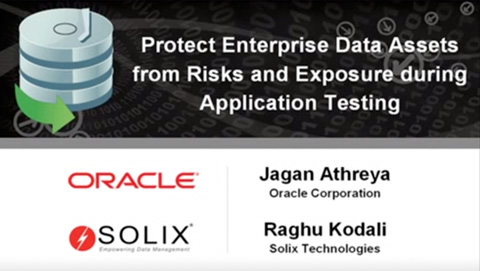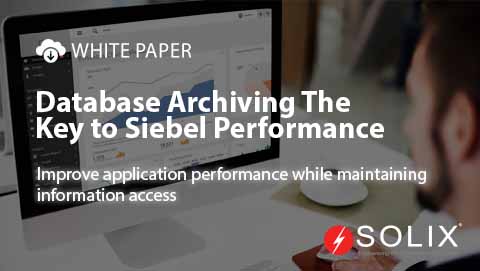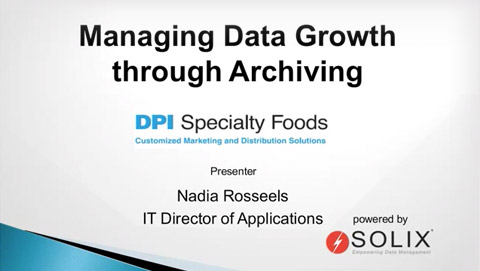Sensitive Data Discovery
What is Sensitive Data Discovery?
Sensitive Data Discovery is a systematic approach to identifying, classifying, and managing sensitive information within an organization’s data ecosystem. It uses advanced technologies and methodologies to scan, analyze, and categorize data, empowering enterprises to comprehensively understand the sensitive data landscape. This process involves detecting patterns, keywords, and predefined criteria that signify sensitive information.
How Sensitive Data Discovery Tool Works?
Sensitive Data Discovery is a proactive defense mechanism against data breaches and regulatory non-compliance. By understanding how this process works, organizations can take informed steps to fortify their data security posture.
- Data Source Scanning: It begins with a comprehensive scan of diverse data sources, including unstructured data repositories. Automated tools use predefined criteria, such as patterns, keywords, and data formats, to identify potential instances of sensitive information.
- Pattern Recognition and Keyword Analysis: Advanced algorithms recognize patterns and keywords indicative of sensitive data. The tool enhances accuracy by using regular expressions, machine learning, and artificial intelligence.
- Contextual Analysis: This discovery process incorporates contextual analysis to enhance identification by considering surrounding data and relationships. Understanding sensitive information’s interconnections enhances classification accuracy and reduces false positives.
- Content Classification: The tool identifies and categorizes sensitive data, aiding organizations in prioritizing and addressing high-risk areas for efficient data protection and ensuring a targeted approach.
- Automated Reporting and Alerts: The tool generates automated reports detailing the findings of the sensitive data scan. These reports include insights into the types of sensitive information discovered, their locations, and the associated risk levels.
- Integration with Data Masking: One of the key strengths of SDD is its seamless integration with data masking techniques. With insights from the discovery process, organizations can implement data masking to protect sensitive information throughout its lifecycle.
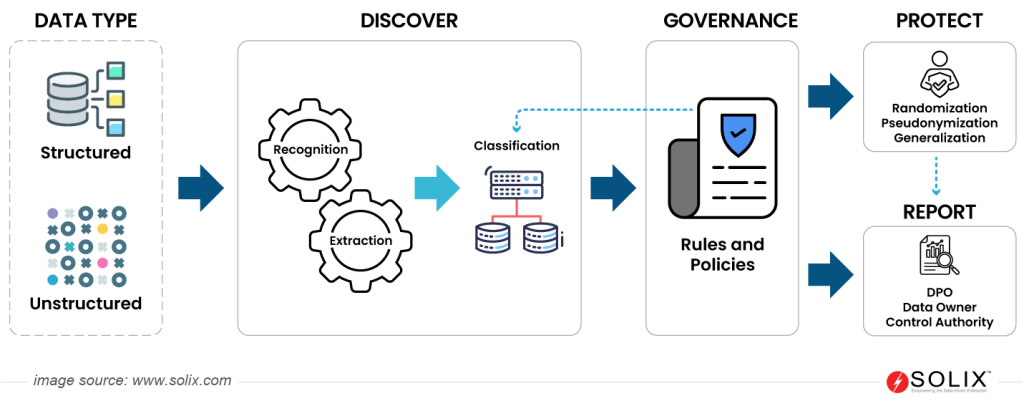
Benefits of SDD Tool
Sensitive Data Discovery offers many benefits for organizations that enhance their data security, compliance, and overall risk management strategies. As businesses grapple with the increasing volume of data and the imperative to protect sensitive information, understanding its advantages becomes paramount.
- Regulatory Compliance: It is pivotal in ensuring compliance with data protection regulations such as GDPR. By identifying and classifying sensitive data, organizations can implement targeted measures to adhere to legal requirements, avoiding hefty penalties and reputational damage.
- Data Breach Prevention: Identifying and securing sensitive data is a proactive approach to prevent breaches. This identification process helps organizations detect vulnerabilities and potential points of exploitation, enabling them to fortify their defenses before a breach occurs.
- Data Integrity And Accountability: It contributes to robust data governance by offering a comprehensive view of data assets. This facilitates the establishment of policies, procedures, and controls for managing sensitive information, ensuring integrity and accountability.
- Operational Efficiency: SDD automates identifying and classifying sensitive information, enhancing operational efficiency. This enables organizations to allocate resources effectively and streamline compliance processes by understanding data location and significance.
- Trust and Credibility: The data discovery tool allows organizations to showcase proactive efforts to secure data, fostering a positive reputation in an era when data privacy is a significant concern.
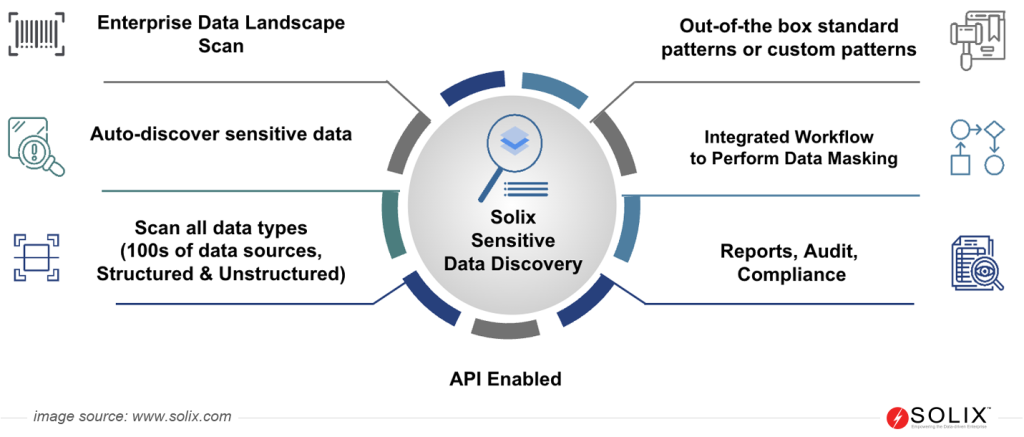
In summary, Sensitive Data Discovery is not merely a compliance requirement but a strategic imperative
for organizations seeking to protect sensitive information. The benefits extend beyond regulatory adherence to encompass proactive risk mitigation, operational efficiency, and the establishment of trust. Organizations can navigate the complex data protection landscape with confidence and resilience by leveraging SDD as a foundational element of their data security strategy.
FAQs
What is sensitive data discovery?
Sensitive data discovery is identifying, locating, and classifying sensitive information within an organization’s data assets, including structured and unstructured data, to mitigate risks associated with data breaches and regulatory non-compliance.
How does sensitive data discovery differ from traditional data classification methods?
Unlike traditional data classification methods that rely on predefined rules or patterns, SDD employs advanced algorithms and machine learning techniques to dynamically identify and classify sensitive information based on context and content analysis.
Can sensitive data discovery tools integrate with existing data management systems?
Yes, SDD tools are designed to integrate seamlessly with existing data management systems, including databases, data lakes, file servers, and cloud storage platforms. This allows organizations to extend data protection capabilities across their entire data ecosystem.
What are common types of sensitive data?
Personally identifiable information (PII), financial records, protected health information, and social security numbers are common types of sensitive information.


